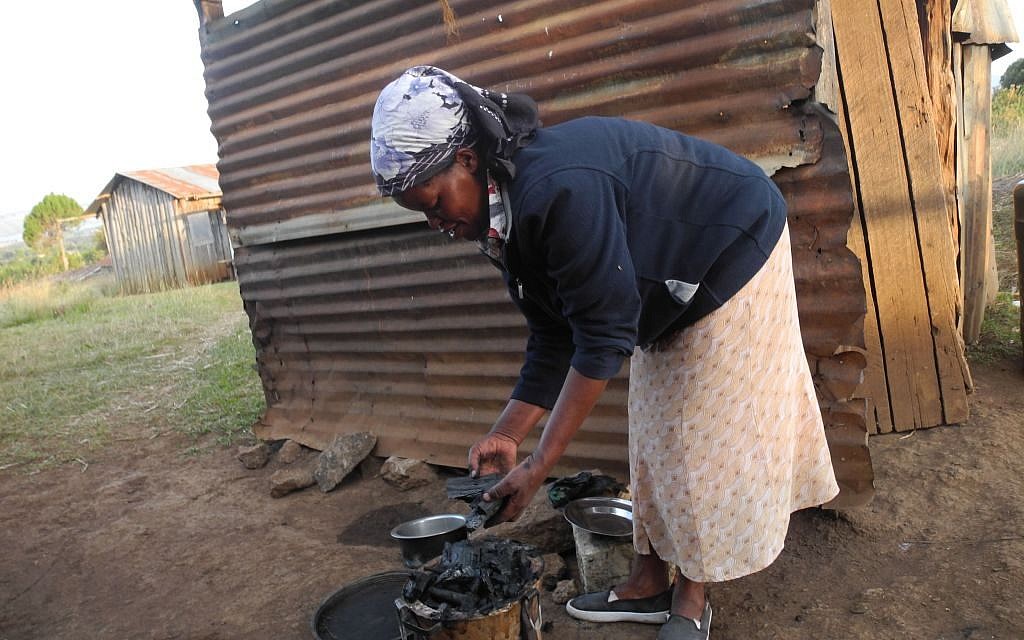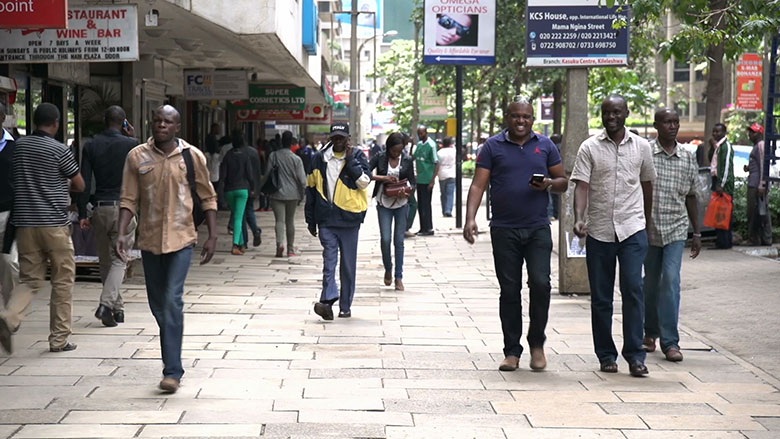
Job seekers in the country say that their road to finding employment has been marked by con games, exploitation and in their desperation, they have had to clutch at anything that comes their way.

This becomes even sad
Getting a job placement in the formal sector in East Africa has grown to become an unattainable fete, this is according to the recently released regional economic outlook for 2019 by the African Development Bank (AfDB).

The report denotes industrialization as the viable option to structural transformation identifying the need to raise productivity and output primarily through the promotion of agro-based industries.
From the

“The job-issue is linked closely to the quality of growth where the nature of development in most East African countries is not tailored to generate decent jobs hence the high level of informality,” said AfDB Lead Economist Mercellin Ndong-Ntah.
According to the report, East Africa’s main stay in the export of primary commodities has re-appeared in its recent economic engagement with the East, informed by a deterioration of the terms of trade.

The situation has since left many of the countries exposed to trade volatility emerging from external shocks to result in an economic structure which hinders structural transformation.
The employment epidemic does

In spite of the existence of efforts to address poverty and inclusive growth, East Africa faces a severe inequality problem illustrated by earnings where on average, 48.4 percent of income goes to the richest 20 percent of income earners.
By contrast, only 6 percent of income goes to the poorest 20 percent even as the income gap remains considerably varied across East African countries with the highest levels of inequality being reported in South Sudan, Comoros and Djibouti.

Inequality levels are meanwhile lowest in Burundi, Tanzania and Sudan. This even as the lack of formal wage jobs forces young people into searching for innovative employment in agriculture and informal household businesses.
In Kenya, the government has already prioritized manufacturing under its integrated economic transformation pillar with the goal of creating up to 800,000 new jobs in addition to the modernization and development of new factories.
The outlook for the sector does remain depressed going by the latest available government statistics.

Moreover, the Kenya Association of Manufacturers (KAM) has raised the alarm on reduced manufacturing activities in the country to include low participation by players in the sector where only 22 of the 47 counties have entities registered under the association.
The government however remains in pursuit of supportive policies to awaken the sector to include a relaxation of business registration and the implementation of incentives to cut the cost of energy consumption for the manufacturers.